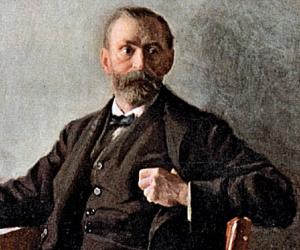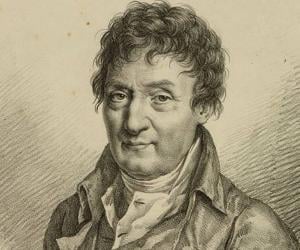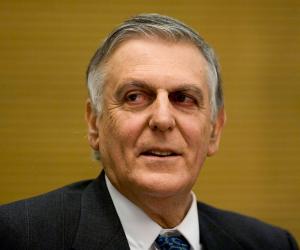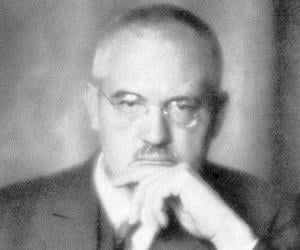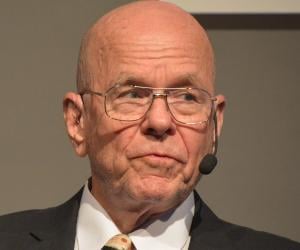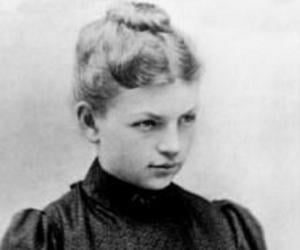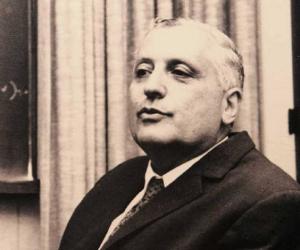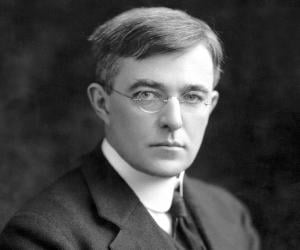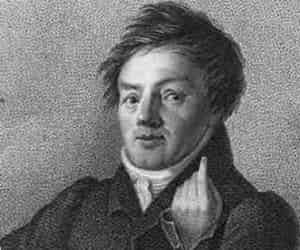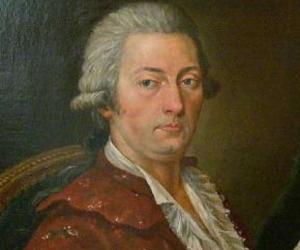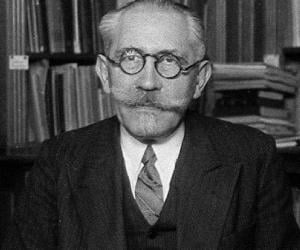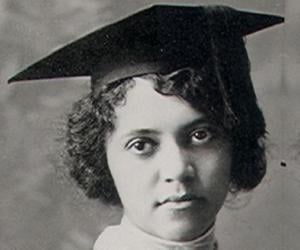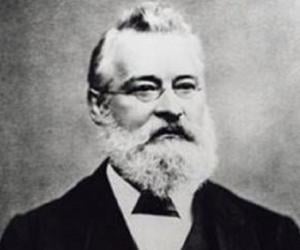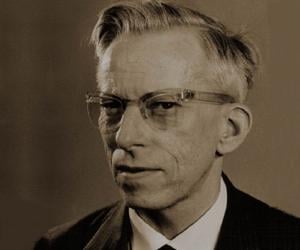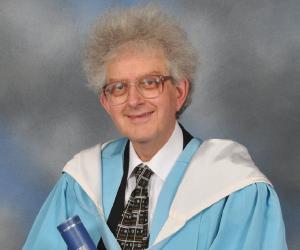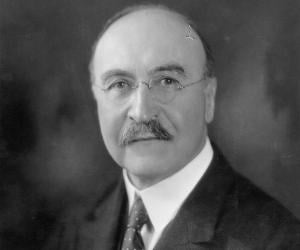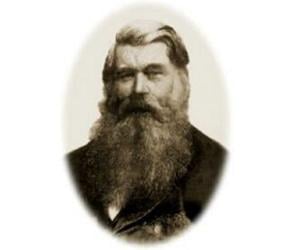Quick Facts
Also Known As: Alfred Bernhard Nobel
Died At Age: 63
Family:
father: Immanuel Nobel (1801–1872)
mother: Karolina Andriette (Ahlsell) Nobel
siblings: Emil, Ludvig, Robert
Chemists Swedish Men
Died on: December 10, 1896
place of death: Sanremo, Italy
City: Stockholm, Sweden
discoveries/inventions: Dynamite
Childhood & Early Life
He was one of the eight children born to Immanuel Nobel and Karolina Andriette. Only Alfred and three of his brothers survived to adulthood while the other children perished. His father was an inventor and engineer.
After unsuccessfully trying to establish a business for years, his father was finally successful in opening a business producing machine tools and explosives.
Private tutors were engaged to educate Alfred and he excelled in his studies. He especially loved chemistry and languages; he was fluent in English, German, French and Russian.
He studied under the chemist Nikolai Zinin and went to Paris in 1850. Such was his love for chemistry that he went to the U.S. as an 18 year old to further his knowledge on the subject. He filed his first patent—for a gas meter—in 1857.
Later Years
He started working in his father’s factory after completing his studies. The factory came under the control of his brother Ludvig in 1859 and thrived under him. Alfred was deeply interested in studying explosives and obsessively experimented with nitroglycerine, a highly explosive compound.
A tragic accident happened at the shed used for preparing nitroglycerin in which five people, including his younger brother, Emil, were killed. Nobel became more focused on developing explosives that were safer than nitroglycerin.
Through constant experimenting, he found that when nitroglycerin was combined with an absorbent inert substance, it became more convenient to handle and safer to use. This new substance, dynamite, was patented in 1867 and adopted in wide usage in mining internationally. It was the first safely manageable explosive that was stronger than black powder.
Continuing his fascination with nitroglycerin, he mixed it with nitrocellulose compounds and developed a transparent, jelly-like substance which was even more powerful than dynamite. It was called gelignite and patented in 1876. Gelignite was more stable and better for the purpose of mining. This invention helped him amass a great deal of wealth.
His brothers became successful and wealthy businessmen exploiting oilfields along the Caspian Sea. Nobel also invested in their business and became very rich.
He formulated a smokeless propellant made from nitrocellulose and nitroglycerin which also contained 10% camphor. This mixture was called ballistite and was patented in 1887.
His brother Ludvig died in Cannes in 1888. Confusing him for his more famous brother, a French newspaper wrongly published the obituary of Alfred Nobel, stating that “the merchant of death is dead”. Alfred was highly upset to realize that this was how he would be remembered after his death.
He wanted to do something to redeem his reputation and left a major portion of his massive wealth for the creation of an international prize fund for honoring eminent personalities in the fields of physics, chemistry, medicine, literature, and for work in peace. His last will, signed on 27th November 1895 laid the foundation for the prize. The first Nobel prizes were awarded in 1901.
Major Works
He invented the explosive dynamite, which is widely used in mining, quarrying, construction and warfare. Dynamite which is produced using nitroglycerin and some other absorbent material is unstable and dangerous to manufacture. He also invented the explosives gelignite and ballistite.
He laid the foundation for the formation of the Nobel Prizes by leaving a vast portion of his wealth for the establishment of an international prize fund to honor outstanding contributions in several varied fields of science and arts.
Personal Life & Legacy
He fell in love with a Russian girl called Alexandra who rejected his proposal. He later developed feelings for his secretary Bertha Kinsky with whom he had a close friendship until his death. He met Sofie Hess in 1876 and developed a relationship with her that lasted for 18 years.
He never married or had children, and was a loner who suffered from bouts of depression.
He loved literature from a young age and used to write poetry. His parents were opposed to his literary pursuits, so he never got his work published.
Lifelong he had been working in proximity to explosive substances that greatly affected his health. He died of a stroke in 1896.
Facts About Alfred Nobel
Alfred Nobel was fluent in several languages, including Swedish, Russian, English, French, and German.
Nobel was an avid reader and had an extensive personal library, which included works by Shakespeare, Goethe, and Dickens.
He was known for his philanthropy and funded the prestigious Nobel Prizes in his will, which continue to be awarded to this day.
Nobel had a keen interest in literature and wrote several plays and poems in his spare time.
See more:


